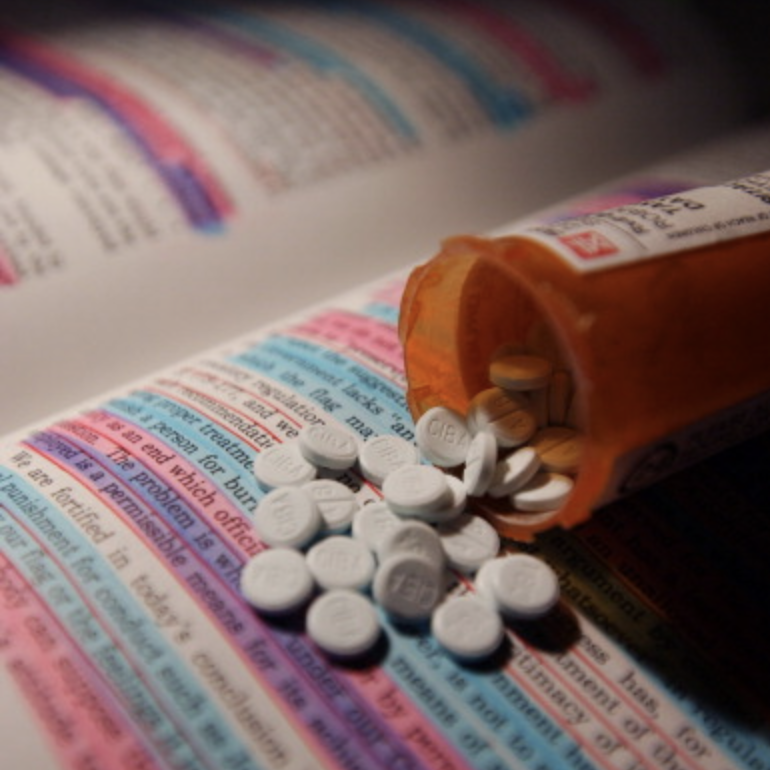Students put their health on the line for higher grades
Some doctors make it too easy for university students to get access to Ritalin, which is popular as a study drug. ELIZA GALBRAITH reports.

http://gty.im/165001529
Students use Ritalin as a study aid.
By ELIZA GALBRAITH
A local doctor claims many doctors “push the boundaries” when it comes to writing prescriptions for Ritalin, a drug many university students use as a study aid.
GP Dr John Guymer said students obviously shared information on who might provide scripts and they "very quickly find out which doctors to go to".
A third-year Monash student said Ritalin was often used by students pushing to do better on exams or assignments.
The student said it was possible to get access to the drug on the dark web, through friends or family members who had a legitimate prescription, and some were even taking to faking ADHD symptoms to get their own prescription from their GP.
Several studies published in the Innovations in Clinical Neuroscience Journal show ADHD symptoms can be convincingly faked.
Dr Guymer said it would be difficult to fake it and students would "probably have to try quite a few doctors before they got a script", but it was possible.
A Melbourne University medical student said they knew students who bought the drug online, and had it shipped from overseas to Australia.
Alcohol and Drug Foundation national policy manager Geoff Munro said buying drugs on the internet was a "massive, massive problem".
"Anyone who purchases a drug online doesn't really know what they're getting," Mr Munro said. This was clearly "very, very dangerous".
A 2013 University of Sydney study showed Australia had one of the highest rates of psychotropic drug use in the world, with the use of Ritalin jumping 35 per cent from 2009 to 2013.
There were 644,371 scripts issued for the drug in Australia in 2015.
Both Mr Munro and Dr Guymer said the drug was only designed for short-term use.
"When people take (Ritalin) in excess, it's just like taking Ice. You get the craziness, the hallucinations and paranoia," Dr Guymer said.
If abused for a long period of time, Dr Guymer said it "does raise blood pressure and can lead to cardiovascular disease, heart attacks and strokes”.





